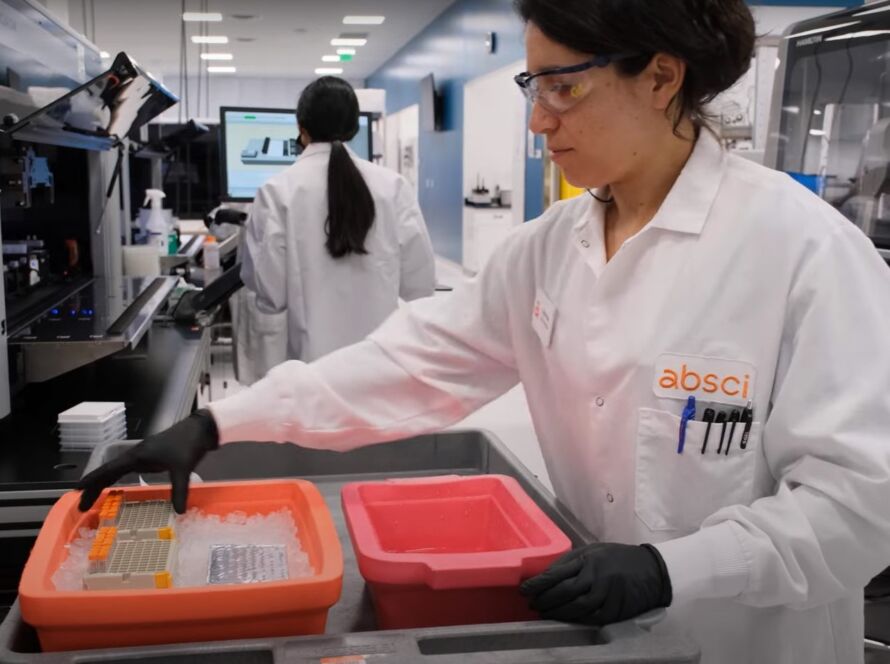Medical education is a constantly evolving field, and it is crucial to keep healthcare professionals up-to-date with the latest advancements and best practices. With the rapid advancements in technology, there is a growing need to expand medical education through innovative approaches. One such approach is interactive e-learning, which offers a host of benefits for both educators and learners. This article will explore the need for expanding medical education and how interactive e-learning can enhance the learning experience for healthcare professionals.
The Need for Expanding Medical Education
As medical knowledge continues to expand, it is essential for healthcare professionals to continuously update their skills and knowledge. However, traditional methods of medical education, such as lectures and textbooks, have limitations in terms of accessibility, flexibility, and engagement. There is a need for a more dynamic and interactive approach that caters to the diverse learning styles and busy schedules of healthcare professionals.
Furthermore, the demand for healthcare services is on the rise due to an aging population and increasing prevalence of chronic diseases. This calls for a larger workforce of well-trained healthcare professionals. Expanding medical education is crucial to meet this demand and ensure that healthcare professionals are equipped with the necessary skills to provide quality care to patients.
Enhancing Learning through Interactive E-Learning
Interactive e-learning offers a range of advantages over traditional methods of medical education. Firstly, it provides flexibility in terms of time and location. Healthcare professionals can access educational materials and resources at their own convenience, allowing them to learn at their own pace and fit learning into their busy schedules. This flexibility is particularly beneficial for those who work irregular hours or have other commitments.
Secondly, interactive e-learning promotes active learning. Through interactive modules, simulations, and case studies, healthcare professionals can engage with the content and apply their knowledge in a practical manner. This hands-on approach enhances retention and understanding of complex medical concepts. Additionally, interactive e-learning platforms often include assessments and feedback mechanisms, allowing learners to track their progress and identify areas for improvement.
Finally, interactive e-learning fosters collaboration and networking among healthcare professionals. Online discussion forums and virtual communities enable learners to connect with peers from around the world, share experiences, and exchange valuable insights. This collaborative learning environment enhances the overall learning experience and encourages continuous professional development.
Expanding medical education is imperative to keep healthcare professionals up-to-date with the latest advancements and prepare them for the evolving healthcare landscape. Interactive e-learning offers a promising solution to meet this need by providing flexibility, engagement, and collaboration. By embracing interactive e-learning platforms, medical educators can empower professionals with the knowledge and skills necessary to provide high-quality care to patients. The future of medical education lies in the convergence of technology and learning, and it is time for the healthcare industry to embrace this transformative approach.


